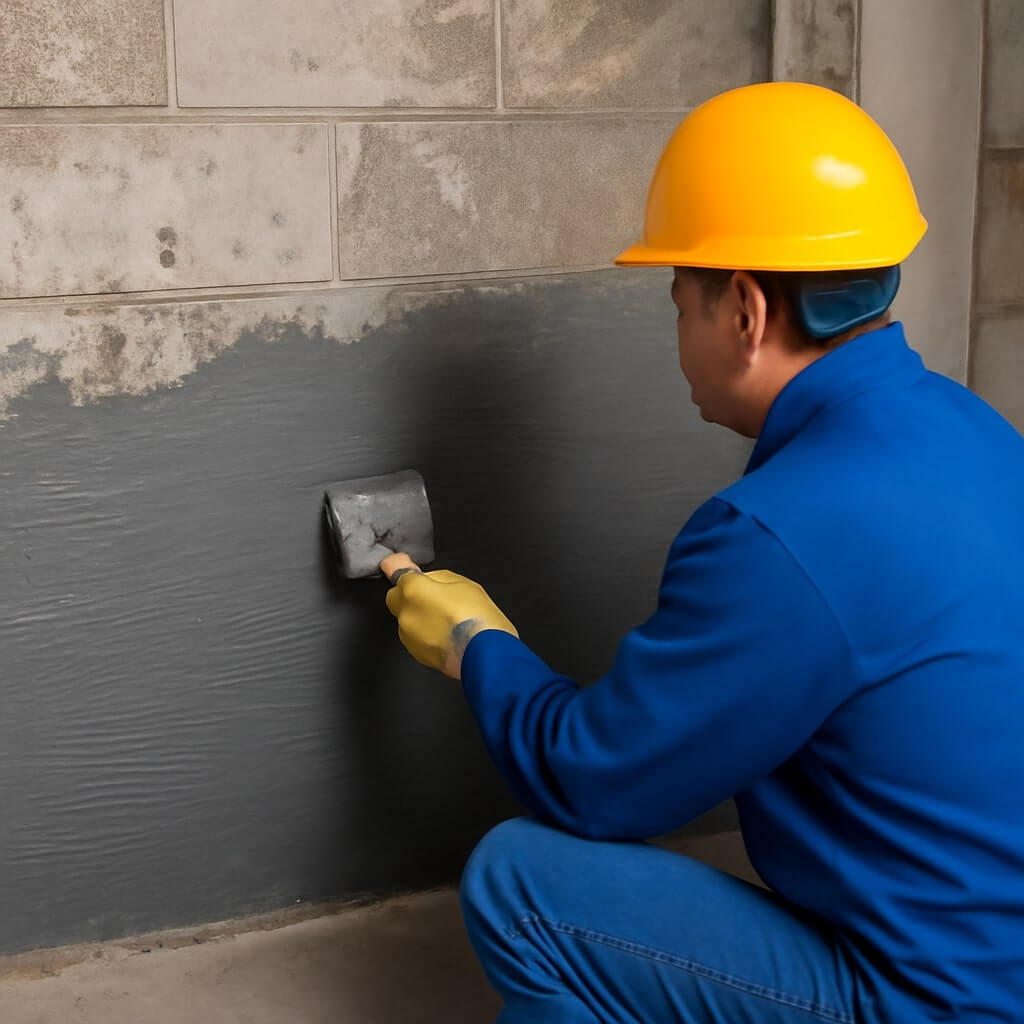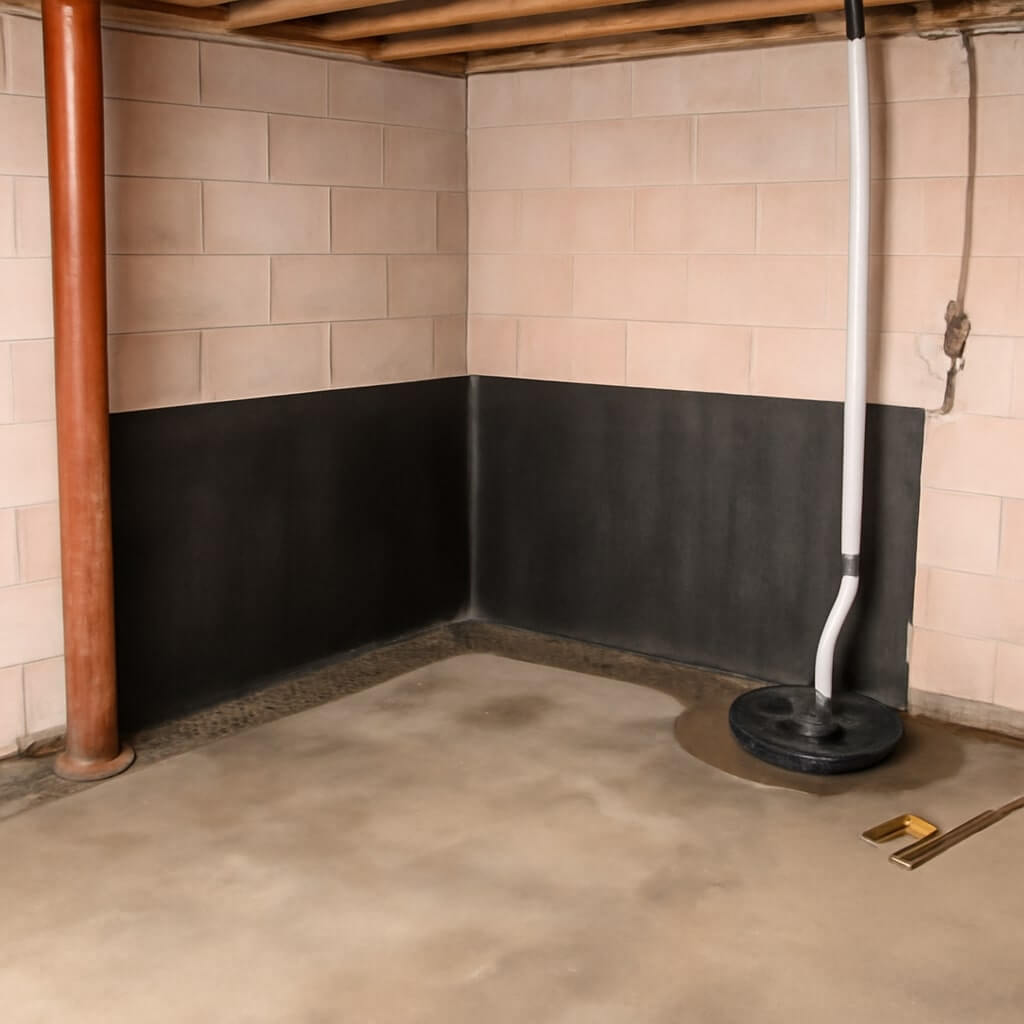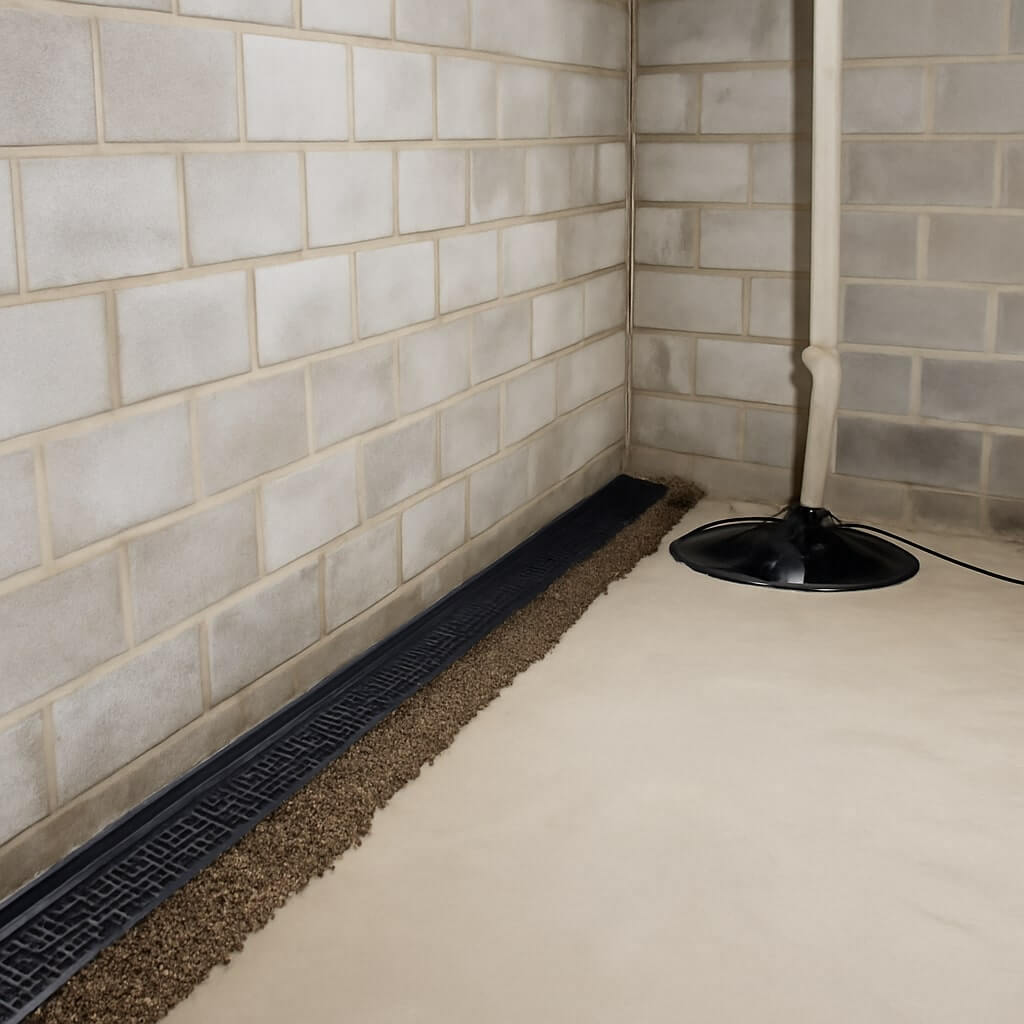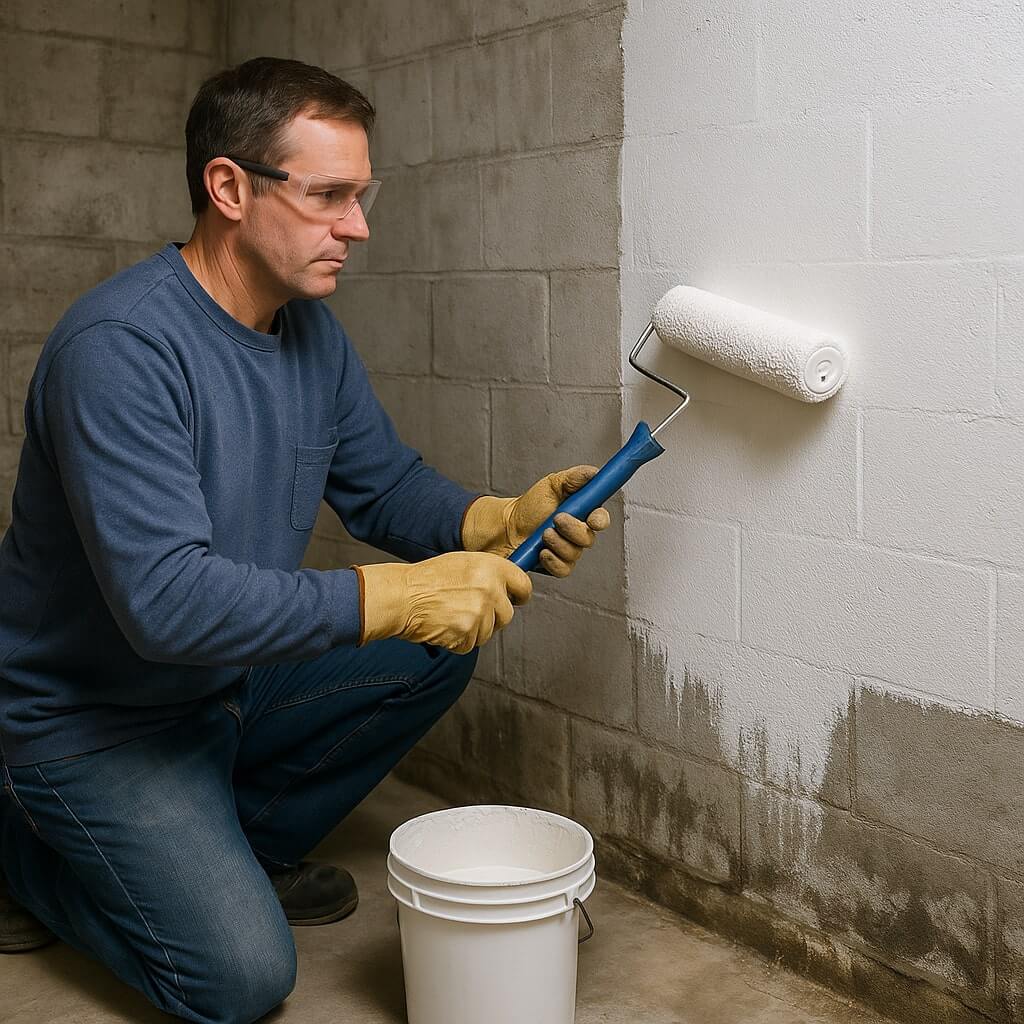When it comes to protecting your home from water damage, waterproofing your basement walls is one of the smartest long-term investments you can make. Basement moisture not only threatens the structural integrity of your home but also promotes mold growth, which can lead to health issues. This article offers a comprehensive, SEO-optimized guide to waterproofing your basement walls, covering everything from common issues to solutions, techniques, and FAQs.
Why Basement Waterproofing Is Critical
Basements are particularly vulnerable to water infiltration due to their below-ground positioning. Over time, water seepage can cause:
- Foundation cracks
- Mold and mildew growth
- Peeling paint and efflorescence
- Increased humidity and poor air quality
- Structural damage to floors and walls
Without proper waterproofing, you risk expensive repairs and a significant reduction in property value.
Common Causes of Basement Wall Water Infiltration
Understanding the root causes helps you choose the right waterproofing solution. Here are the most common culprits:
- Hydrostatic Pressure: Water pressure builds up in the soil around your home and pushes moisture through foundation walls.
- Poor Drainage: Inefficient gutters, downspouts, or landscape grading can direct water toward your basement.
- Cracks in the Foundation: Even hairline cracks can become water entry points.
- High Water Table: Homes in areas with high water tables face persistent moisture challenges.
Interior vs. Exterior Basement Wall Waterproofing
There are two main approaches to waterproofing basement walls:
Interior Waterproofing
This method is ideal for managing minor leaks and includes:
- Sealants and waterproof paint: Useful for light seepage and quick fixes.
- Interior weeping tile systems: Channel water to a sump pump before it damages your basement.
- Dehumidifiers: Reduce airborne moisture.
Pros:
- Cost-effective
- Quick to install
- Minimal disruption
Cons:
- Doesn’t prevent water from entering the wall structure
Exterior Waterproofing
A comprehensive solution that blocks water before it penetrates the wall. Includes:
- Excavation around the foundation
- Application of waterproof membranes (bituminous or elastomeric)
- Drainage boards and weeping tiles
- Backfill with proper grading
Pros:
- Long-lasting protection
- Protects foundation structure
Cons:
- Higher cost
- Requires excavation
- Longer installation time
Step-by-Step: How to Waterproof Basement Walls
1. Inspect for Existing Damage
Look for cracks, mold, or water stains. Use a moisture meter for accurate detection.
2. Choose Your Method
Decide between interior and exterior solutions based on the severity of the problem.
3. Prepare the Surface
Clean the walls thoroughly. Remove old paint or coatings and patch visible cracks.
4. Apply Waterproofing Products
- Use hydraulic cement for cracks.
- Apply a waterproof membrane (liquid or sheet) to the wall.
- Install a sump pump or drainage system if necessary.
5. Maintain the System
Regularly check sump pumps, drainage systems, and reapply sealants as needed.
Best Waterproofing Products in 2025
- Drylok Extreme – Great for DIY interior sealing
- Sika Waterproofing Mortar – Ideal for patching cracks
- Bituthene Membranes – Trusted for professional-grade exterior jobs
- Basement Systems WaterGuard – Top-rated interior drainage
Benefits of Professional Waterproofing Services
While DIY waterproofing is feasible for small-scale issues, professionals offer:
- Accurate diagnostics using infrared cameras and moisture sensors
- Long-term warranties
- Custom solutions tailored to your specific soil and foundation conditions
How Much Does Basement Waterproofing Cost?
| Type | Cost Estimate (USD) |
|---|---|
| Interior Sealants | $500 – $2,000 |
| Sump Pump Installation | $1,000 – $3,000 |
| Exterior Excavation | $5,000 – $15,000 |
| Full System Waterproofing | $10,000 – $30,000 |
Prices vary based on location, home size, and severity of the issue.
SEO Keywords to Rank For
- basement waterproofing
- how to waterproof basement walls
- foundation wall waterproofing
- DIY basement waterproofing
- waterproofing contractors near me
- waterproof paint for basement
- sealing basement cracks
Frequently Asked Questions (FAQs)
1. What is the best way to waterproof a basement wall?
2. Can I waterproof my basement myself?
3. How long does waterproofing last?
4. Is waterproofing covered by homeowners insurance?
5. What’s the difference between damp-proofing and waterproofing?
Conclusion
Basement waterproofing is essential to safeguarding your home from costly water damage, mold, and foundation issues. Whether you go DIY or hire a pro, the key is acting early and choosing the right solution for your specific problem. A dry basement isn’t just more comfortable—it’s a major asset to your home’s value.




